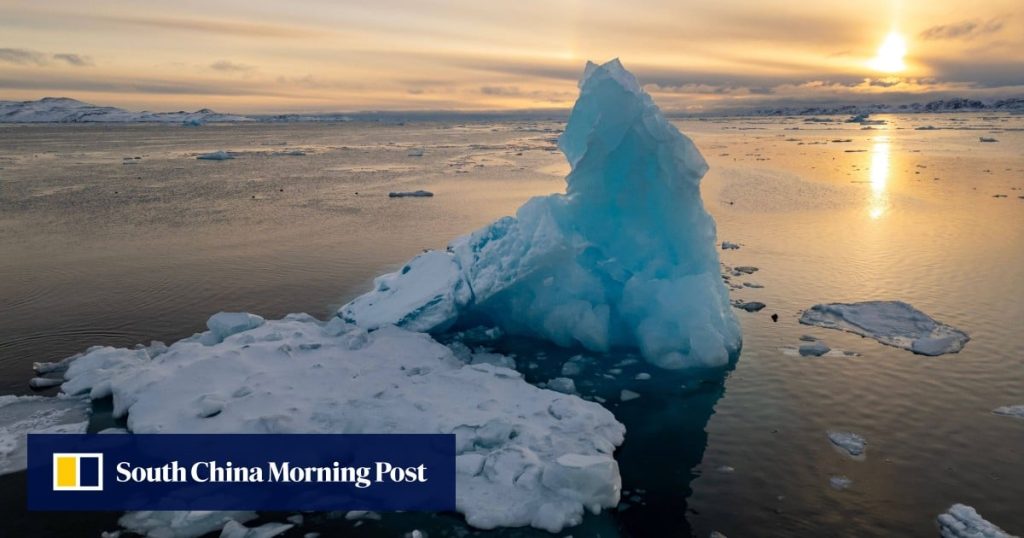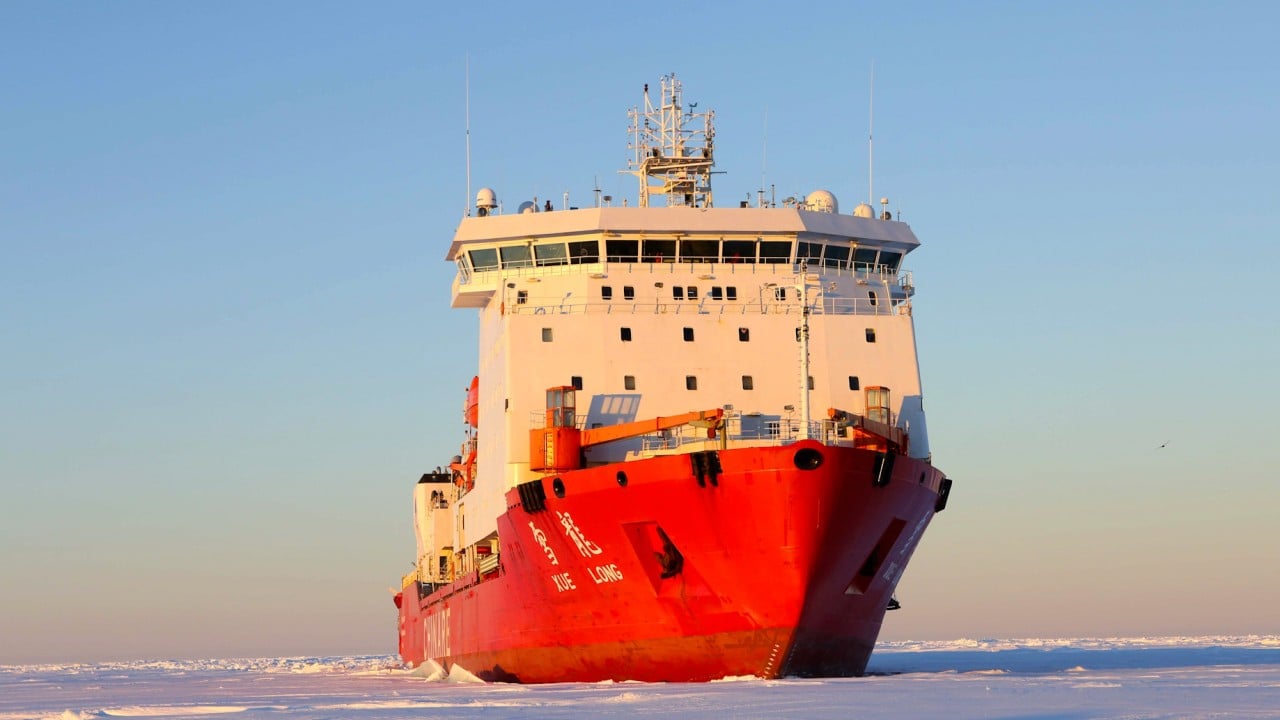During that time, a period in which dinosaurs dominated, the mid-latitudes of the southern hemisphere experienced seasonal temperature changes of up to 16 degrees Celsius – comparable to those of today. Polar ice was also present, according to the researchers led by the Institute of Tibetan Plateau Research of the Chinese Academy of Sciences.
The scientists, joined by peers from the Senckenberg Biodiversity and Climate Research Centre in Germany, the University of Bristol and the University of Hull in Britain, and the University of Antananarivo in Madagascar, published their findings in the peer-reviewed journal Science Advances on May 2.
First author He Songlin, from the Institute of Tibetan Plateau Research, said that the “Early Cretaceous greenhouse Earth was like a symphony – its warm melodies occasionally punctuated by brief glacial notes”, according to the institute.
The team said that applying their findings to the present day offered insight into climate change.
“Given ongoing and anticipated global warming, reductions in Arctic and Antarctic ice are expected to continue, potentially leading to completely ice-free polar regions,” they wrote in the paper.
“Despite uncertainties in these predictions, we transition from a world with perennial glacier ice to one with only seasonal ice or shifting from a predominantly white winter planet to a blue one.”



